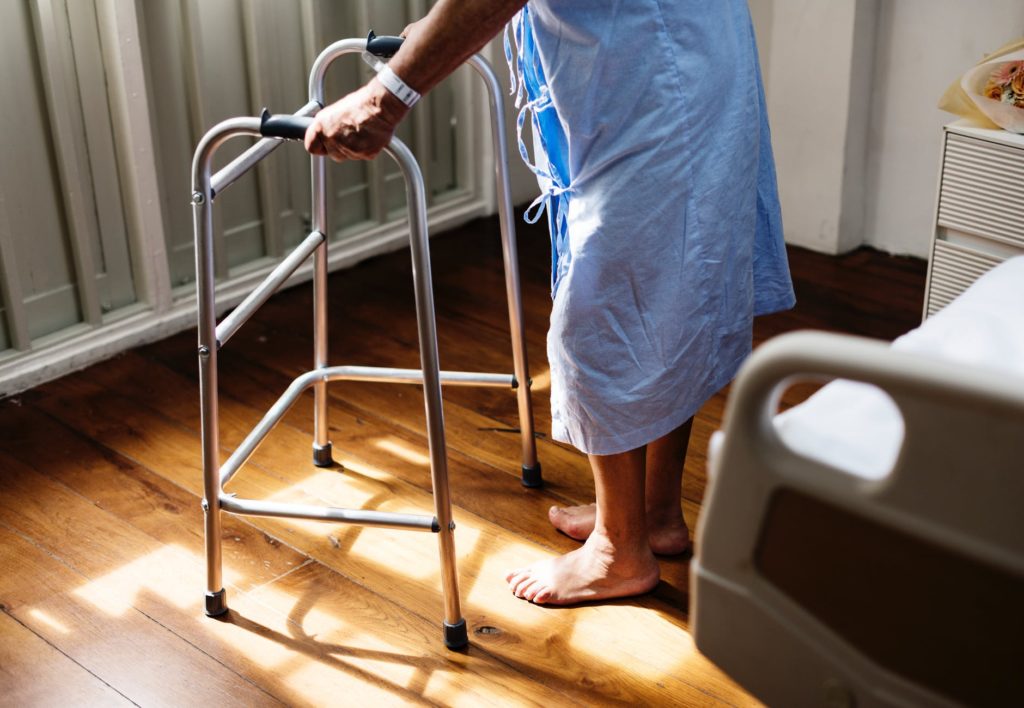More than four in ten residents living in a care home are tied up or prevented from leaving their beds at night, according to a recent study. During the day it falls back to two in ten, according to the most recent numbers (2017) from the Indicator Project Residential Care Centres. The project keeps track of the registrations from 779 care centres, both private and nonprofit organisations.
The report shows that 20.5% of inhabitants are restrained in some way during the day. At night, the number rises to 42.5%. Bed rails attached to the sides of the bed so the patient cannot get out are a popular preventative method. Tying people down and keeping them from leaving their beds or chairs to prevent them from falling and possibly breaking a bone is also used.
The 'Swedish belt' still gets used as well, even though some fatal accidents have happened with this method before. The belt ties someone to their bed by the hips and stomach. During the day time, 4.2% of the patients still get tied down like this, at night it's 1.2%.
These methods, however, can have a significant impact on patient wellbeing.
"Preventing them from leaving can not only lead to physical injuries but can have psychological consequences, like fear or anxiety, as well. Moreover, it also raises a lot of ethical questions," the report said.
"Completely getting rid of tying people down might be a utopia," said Joris Moonens from the Agency for Care and Health to VRT News. "However, some alternative techniques could be used. For example, there are special sheets with pressure points that give a calming feeling, which makes the patient less likely to leave the bed at night."
Maïthé Chini
The Brussels Times

